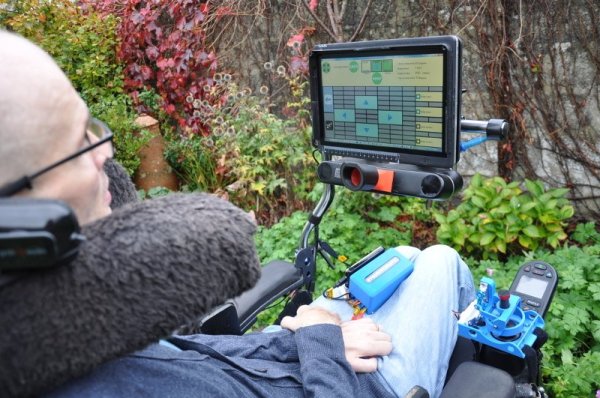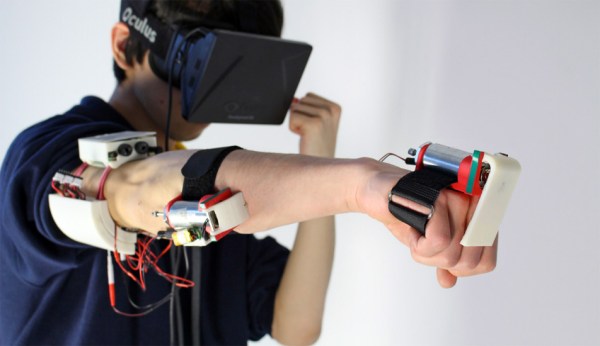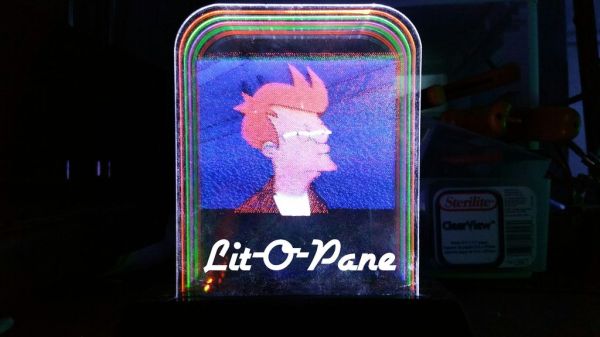There’s just something about having an automatic bartending machine that screams “we’re in the future now” — and it’s a future we approve of. This project is called the Alkomat (Google Translate), and it’s a handy little machine capable of mixing drinks for five people at a time.
Inspired by the RumBot, [Strn] wanted to practice his hand at hardware integration and product development from idea to creation — and just looking at some of the photos of this, he did a damn good job.
On the inside of Alkomat is a recycled inkjet XY carriage which can index on each of the five drinks. A series of four tubes feed up to peristaltic pumps that provide alcohol from the bar rack. Once he had the hardware sorted out and operational, he set out to make the machine look as presentable as possible. Using a mixture of counter-tops and laminated wood panels from furniture, he’s boxed up the whole thing and made it look like something you might actually be able to buy from a store — maybe IKEA?



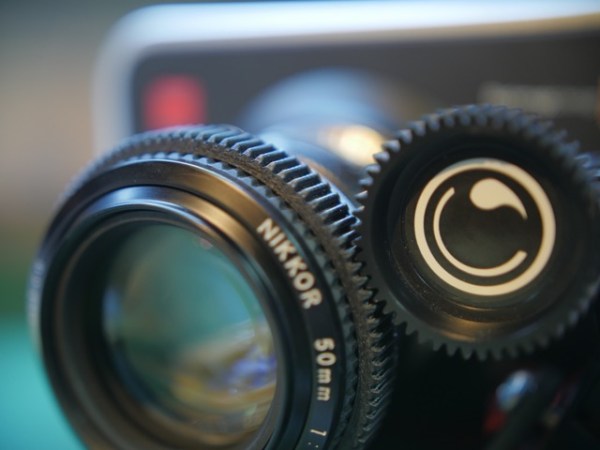
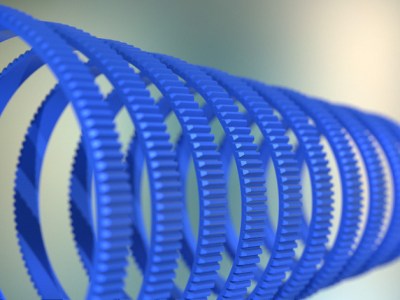 Unwilling to permanently modify his DSLR camera lens and dissatisfied with after-market lens gearing solutions, [Jaymis Loveday] learned enough OpenSCAD to generate gears from 50mm to 100mm in diameter in 0.5mm increments for a snug friction fit. Teamed up with commercially available focus pulling equipment, these lens gears should really help [Jaymis] get professional results from consumer lenses.
Unwilling to permanently modify his DSLR camera lens and dissatisfied with after-market lens gearing solutions, [Jaymis Loveday] learned enough OpenSCAD to generate gears from 50mm to 100mm in diameter in 0.5mm increments for a snug friction fit. Teamed up with commercially available focus pulling equipment, these lens gears should really help [Jaymis] get professional results from consumer lenses. 